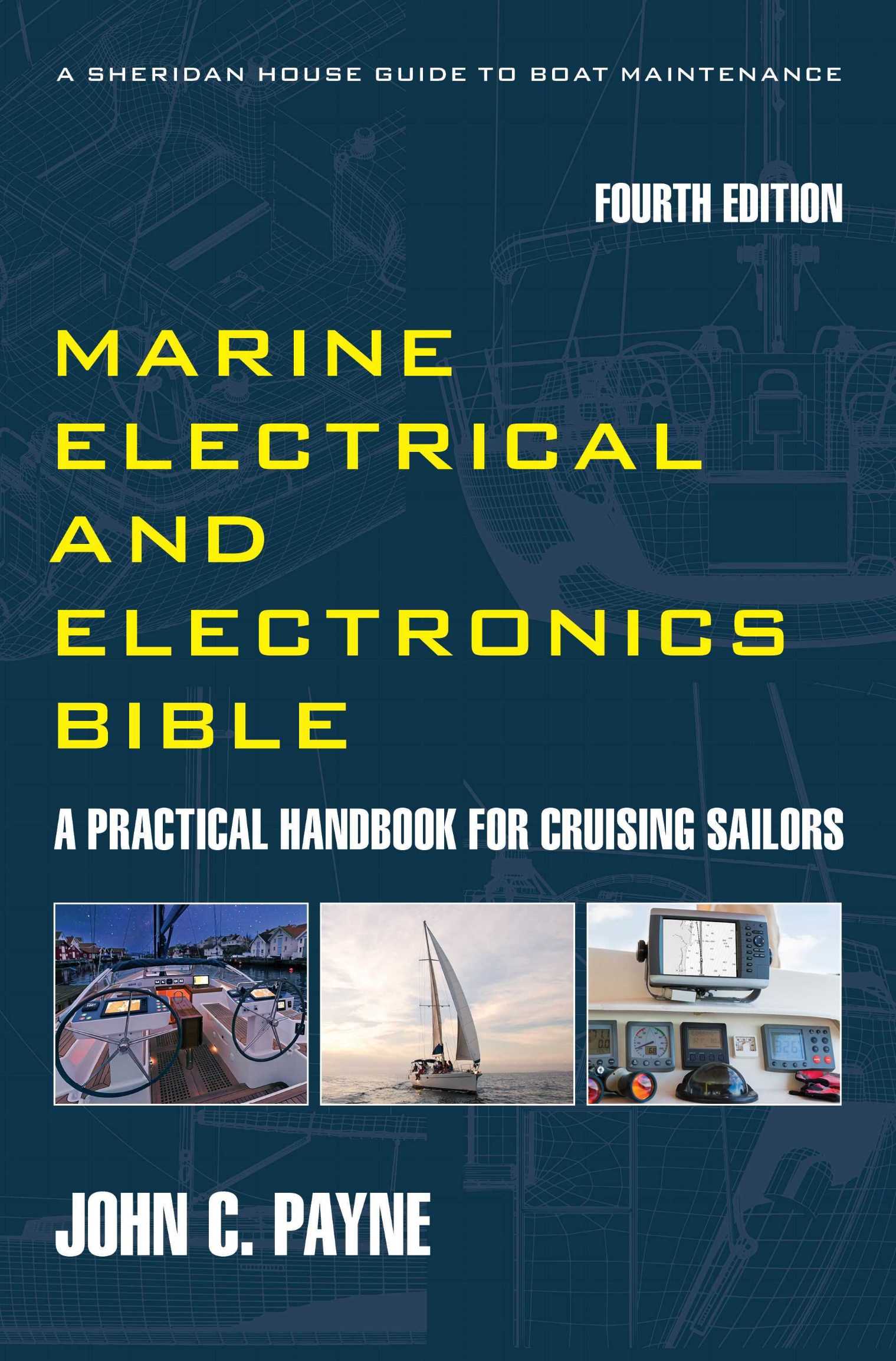Safety Requirements for Boating
Safety Requirements for Boating as these articles are revealing, shows that safety has to permeate every action on board. The various incidents and surveys illustrate the problem areas and the areas of exposure. Read and use them to assess your own risks and mitigate or manage them. Safety preparedness is everything and recently I read one article that asks the question “do we need to carry a body bag?” The answers are no if you are prepared for every eventuality and make onboard safety your over-riding priority.
On board safety requirements are comprehensive to say the least and if you are a relative newcomer to sailing, cruising and living on boat then there is a steep learning curve. I have had a decades long career at sea on ships and oil rigs as well as cruising and regrettably have seen way too many deaths and injuries. Such environments concentrate on changing behaviors and fostering safe working practices. It underlines everything we do. If you are from a relatively benign environment then you have a steep learning curve.
Disclaimer: The information on this website is readily available from many sources including online resources. I accept no responsibility for any of the information, advice or opinions expressed here. Always consult your health care professional or get advice as to your local requirements for the use of safety equipment or for carrying these on board. I will say this frequently, ENROLL IN A FIRST AID COURSE!
Safety Requirements for Boating
Head injuries were relatively common at 6.7%, and these are commonly caused by moving spars, the boom, and by spinnaker or whisker poles and flailing sail clews. The current statistics are unclear but at least 30 plus deaths have been recorded over the last 50 years and there are many non-fatal events that included spinal and facial injuries includes the major topic of head injuries and the resultant concussion. Two Australian sailors died in the 2024 Sydney to Hobart Yacht Race after being struck by sail booms on separate vessels. In 2015 a British sailor in the Clipper Round the World Yacht Race died the same way. died the same way. USCG statistics for 2000 to 2011 recorded 271 sailing related fatalities. This relates to a frequently discussed topic of using head protection by wearing sailing helmets in severe conditions. Some have mitigated this risk by raising the boom to increase head clearances.
Safety Requirements for Boating
About 8.4% of injuries were in the miscellaneous category consisting of foreign bodies, dislocation, blunt abdominal trauma, effusion/bursitis, and crush injuries. Given the vexed issue of accidental jibes and the ripping out of mainsheet travelers causing death and injury a question to ponder might be whether mainsheet and traveler location can be relocated. One of the conclusions of this study is that the type and site of injuries sustained were predictable and they were the foredeck, galley, winches and the helm. These injuries increased with increases in wind strength and sea state. Some observations suggest that approximately equal numbers of injuries were reported in the cockpit and on the foredeck.
Safety Requirements for Boating
There are many health issues that are significant on any boat. Various illness types accounted for 56.4% of all cases. 22.5% of disorders were of the gastrointestinal or renal tract. including three surgical emergencies which were all evacuated during the race including acute appendicitis. Over half at 51% of cases were gastroenteritis. One outbreak of gastroenteritis may have been caused by the water supply. Read up how to sanitize your water system and supply in The Marine Electrical and Electronics Bible 4th Edition.
There were 24% cases of dyspepsia/gastritis, and 10% of cases of constipation. There were 5% of cases down to perianal pain/hemorrhoids, urinary tract infections, inguinal hernias and similar. Dermatological conditions comprised 21.2% of medical cases at sea that included boils, “gunwale” bottom, and eczema. A further 18.9% of cases were ENT/flu/respiratory cases including upper respiratory tract infections.
Safety Requirements for Boating
Seasickness accounted for 15.5% cases. and was probably underestimated where mild symptoms were unreported. One observation was that acclimatization to motion appears to occur within 72 hours. Be aware that acute sea sickness may increase risks of dehydration, hypothermia, and possibly injury. Neurological problems were 4.4% were mostly headaches, migraine, and one posterior interosseus nerve (This is a nerve in the forearm) lesion following a contusion from a flogging sheet while tacking. There was also a case benign positional vertigo following a head injury. Dental problems accounted for 4.1% of illnesses. Eyes are important. There were 3.6% ophthalmic complications. There were anecdotal reports of sore eyes caused by high velocity salt spray, particularly while helming. I wear goggles now in severe conditions at the helm and wear effective sunglasses.
Safety Requirements for Boating
Another issue to be aware of is that of skin conditions that result from prolonged combination of heat, damp and salt and this happens a lot with some wrist and neck seals on some foul weather gear along with oil skin chaffing. I found on my own voyages that my rear end got a bit rough seated in the cockpit and I ended up investing in bean bags, see image and you can get them here. I resolved those rear end problems a lot. Other items that fall into onboard illness and health are fatigue and sleep deprivation, hypothermia, nutrition, personal hygiene and mental health.
Safety Requirements for Boating
A softer skill but often behind accidents is communications, and this involves good team dynamics if you have a crew. Bad communications often result in bad outcomes and poor communications and judgement are often the result of fatigue, cold and nutrition. Stress and the inability to cope can cause mental health issues and acute anxiety. Safety Requirements for Boating cover many issues and scenarios, stay safe out there.
